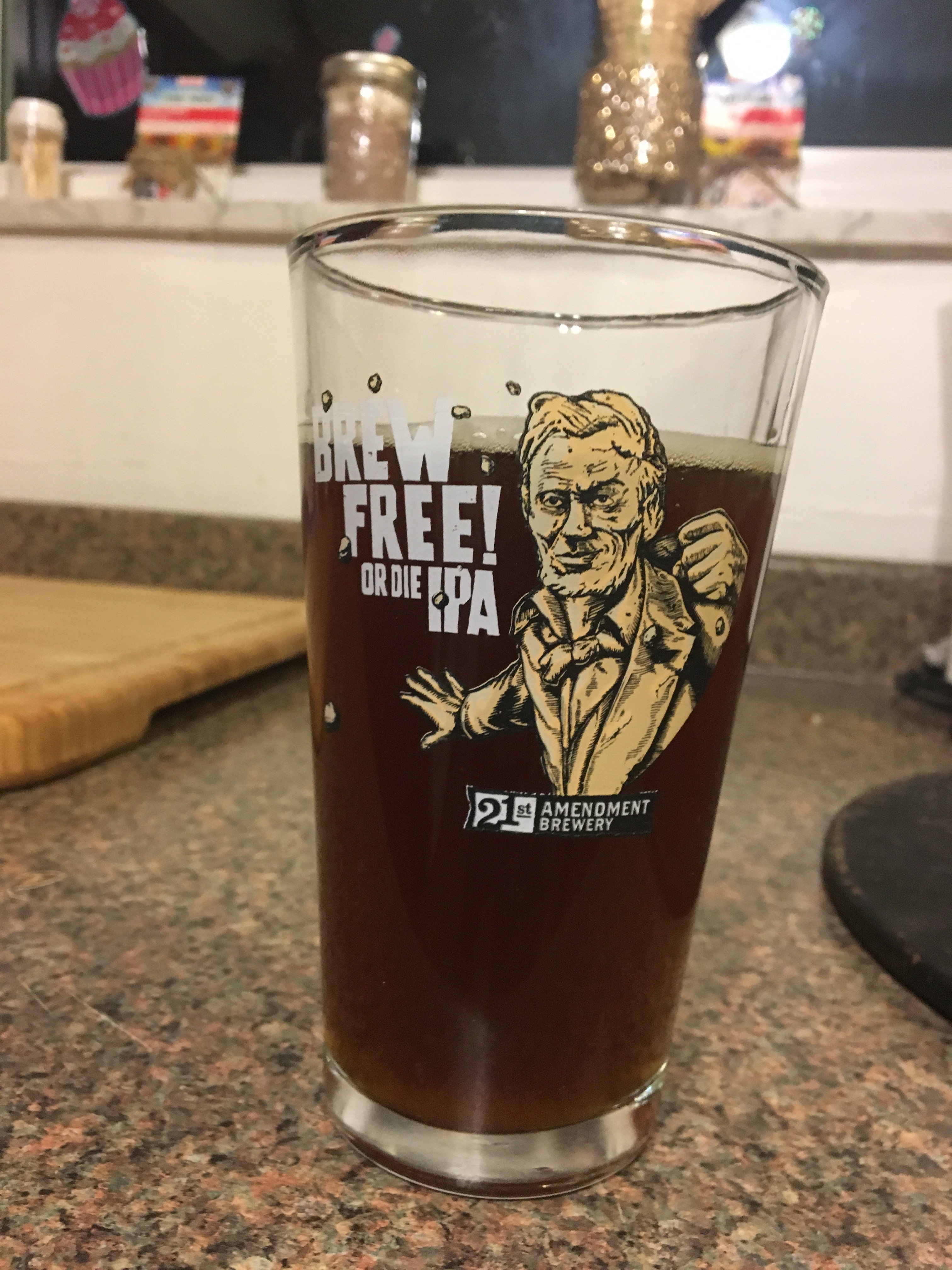Drebin138
Active Member
- Joined
- Jan 30, 2018
- Messages
- 41
- Reaction score
- 13

My first brew was the block party amber ale that came with my kit from Northern Brewer. It came out tasting pretty good but I do get a metallic after taste. I read that could be from using equipment that isn’t stainless steel but anything that was metal that came in contact with the beer was definitely stainless. Any ideas on where this may be coming from?
I also may have under carbed the beer. It’s not as “fizzy” as I’d prefer. My brew partner said he liked it like that though so maybe it’s just a matter of preference.
The last gripe I have with my beer is that the color is way off. It looks more like a brown ale than it does an amber ale. I know I steeped the grains for about twice as long as it said to. Could that be why it’s much darker than it should be?




